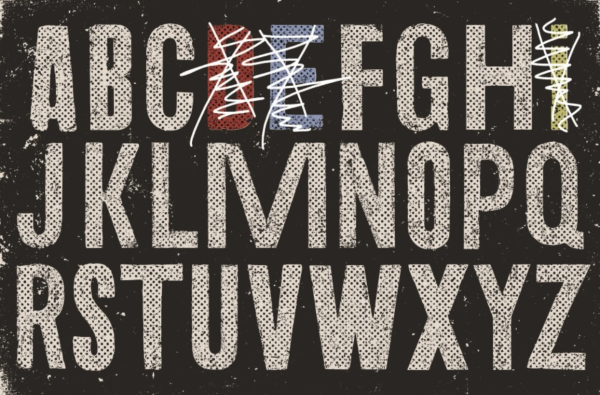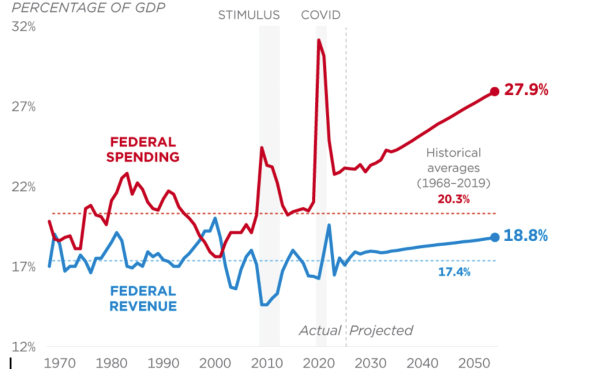Apple’s latest creation excites technology world
This autumn marks midterm grades, early admissions deadlines for colleges, and sweater weather, but also the debut of a new technological innovation characterized by glass, light, and a computer chip. For Apple’s 10th anniversary, the iPhone X will be released on Nov. 3, 2017, Apple’s first redesigned phone in three years.
“What excites me about the iPhone X is that since Steve Jobs died, I haven’t seen anything new from Apple,” sai
d senior Ryan Suddath. “All I’ve seen is modifications to Siri, a better camera, higher resolution screens . . . but it’s still the same thing. I still have an iPhone 5S because [little] has changed since then. I’m excited about the iPhone X because it can actually show some progression in technology post-Steve Jobs, and I believe that’s promising.”
The new phone will cost $999, $300 more than its recent compatriot, the iPhone 8. In addition to a faster chip, better camera, and higher resolution screen, the phone boasts several more radical features.
First, the phone is all-screen, with no home button or headphone jack to see or touch. Going “home” means swiping up from the bottom of the screen instead of pressing a button.
“I like that there’s a full-screen display so it’s kind of catching up to Samsung, which I always found to be really good, [but] I like[d] the headphone jack and that I can at least press the home button,” said sophomore Anup Bottu.
The phone has a glass back and charges wirelessly, using a charging mat as opposed to a plug. This concept continues on the success of Apple’s AirPods and contributes to the trend towards completely wireless technology.
The device also features 3D facial recognition technology called FaceID, where one’s face functions as their password. What is unique about this is that the technology uses infrared sensors to map thousands of three-dimensional data points to differentiate between one’s actual face and their picture.
“I’ve heard about having a twin opening your phone, so I’m not sure how good of a phone it is from a security standpoint,” said Bottu.
Despite this, Apple claims there is a less than a one-in-a-million chance that a FaceID sensor fails.
Lastly, with the new iPhone, Apple is releasing new, moving emojis called Animojis. These emoticons are animated by facial expressions made by the user, adding a new, even more interactive and personal dimension to text messaging.
Westminster students and faculty are generally long-time Apple users who anticipate the release of the iPhone X as a new advancement in technology.
“I remember when the first iPhone came out and I got it the second day full price, and ever since then, I’ve had an iPhone,” said computer science teacher Kevin Hare. “Honestly, I think iPhones are pretty similar these days. At first, Apple was credited as the creative type, and now I like it because of its ease of use and the way products seamlessly work together: the Mac, iPad, all the iPhones. I like the iPhone X, so I kind of want to see one.”
Despite the prospect of exciting technology, concerns of the product’s viability remain.
“I’m always excited to see new technologies,” said Hare. “I think that the X was like all the other good iPhones—all their good features put together—but I think Apple really spent some time to make things right. Hopefully, there won’t be too many bugs.”
In addition, many disagree with Apple’s hefty price tag of $999 on the new phone.
“I think the iPhone X is overpriced for the features that it holds,” said senior Jamal Hashim. “I know they were trying to get a fingerprint actually on the screen, but they couldn’t do that in time, so they just opted for the Face ID.”
Because of that, some are unsure of whether or not they want to invest in the new iPhone.
“Even though it’s going to be faster and a little bigger, I’m not sure about [investing in it.],” said Hashim. “I’m going to wait until reviews come out; since it’s a new product, sometimes they have issues.”
Others point to concerns about unfamiliarity and lack of old features as a reason for waiting to buy the phone.
“I’m not sure I want to [purchase the new phone] because I have the 6S right now, and it works really well,” said Bottu.
Hence, while Nov. 3 may seem like nothing more than another release of a similar iPhone, its features hold the potential to initiate a new era of technological inventions in an even more minimalist direction.
The trend towards wireless and all-screen devices could launch a brand new technological revolution that will impact our world in the years to come.





